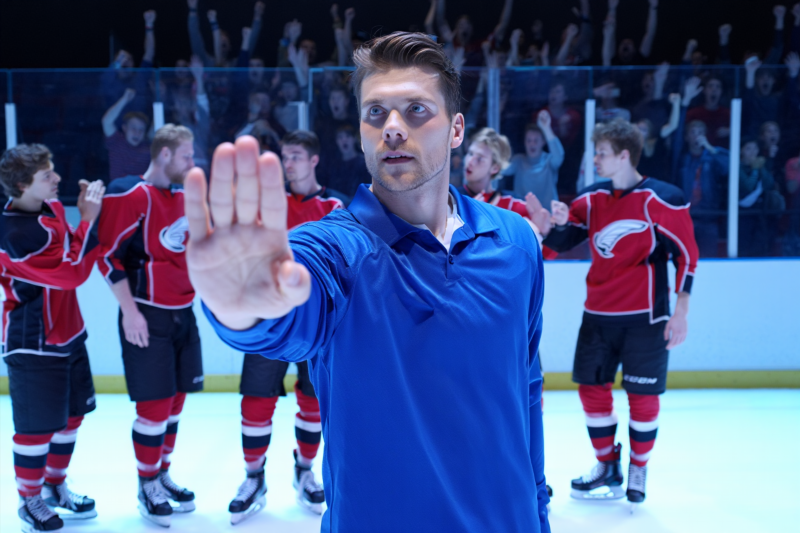
Improve On Ice Communication with Key Safety and Team Tips
Effective communication on the ice is the cornerstone of both safety and team success in hockey. Whether you’re a seasoned pro, a dedicated amateur, or a passionate fan, mastering clear, concise, and strategic communication can dramatically reduce risks and elevate your gameplay. This article explores essential safety protocols and proven team tactics to help players and teams communicate more efficiently, prevent accidents, and foster a safe, confident environment on the ice.
Why On-Ice Communication Matters
Hockey is a fast-paced sport that demands quick decision-making and seamless teamwork. Poor communication can lead to:
- Misunderstandings during plays
- Unintentional collisions and injuries
- Lost defensive or offensive opportunities
- Decreased team morale and confidence
Conversely, effective communication promotes trust, safety, and coordination—crucial for both individual performance and team success.
Core Safety Tips for On Ice Communication
Prioritizing safety begins with establishing reliable communication protocols. Here are vital safety tips every player should implement:
1. Use Clear, Recognizable Signals and Language
- Standardized Calls: Use common hockey phrases (e.g., “I got it,” “Help,” “Gap”) to prevent confusion.
- Non-verbal Cues: Employ hand signals or body language when noise levels are high, such as during power plays or in noisy arenas.
2. Maintain Visual Awareness
- Eye Contact: Ensure teammates see each other’s intentions before making risky moves.
- Positioning: Always be aware of nearby teammates and opponents to anticipate potential collisions.
3. Respect Personal Space and Role Boundaries
- Controlled Contact: Avoid reckless hits or poke checks that could cause injury.
- Communication Before Contact: Announce intentions when engaging physically (“Checking,” “Puck ahead”) to prevent surprise hits.
4. Emergency Communication Protocols
- Use Emergency Signals: Have predefined signals for injury, equipment issues, or dangerous situations.
- Prompt Reporting: Alert teammates and officials immediately if unsafe conditions or injuries occur.
Essential Team Communication Strategies for Success
Beyond safety, smart communication optimizes teamwork and performance. Implement these tactics for better on-ice coordination:
1. Establish Pre-Game and In-Game Communication Routines
- Pre-Game Briefings: Clarify strategies, roles, and signals before the match.
- On-Ice Callouts: Use consistent terminology during the game for passes, plays, and defensive shifts.
2. Practice Effective Defensive and Offensive Communication
- Calling for Puck: Clearly signal when you are open or want the puck (“Shot!”, “Puck here!”).
- Defensive Coverage: Communicate zone responsibilities to avoid gaps (“I got the point,” “Deep coverage”).
3. Foster Empowerment and Active Listening
- Encourage Feedback: Promote open dialogue where players feel comfortable sharing observations.
- Active Listening: Make sure players are attentive to teammates’ calls and respond promptly.
4. Use Technology and Visual Aids
- On-Ice Signaling Devices: Utilize whistles, hand signals, or radios for complex plays.
- Video Review: Analyze communication effectiveness post-game to identify areas for improvement.
Practical Tips for Coaches and Teams
| Tip | Description | Benefit |
| Conduct communication drills | Regularly practice signaling and callouts | Builds familiarity and quick thinking |
| Create a communication handbook | Document standard calls and signals | Ensures consistency across the team |
| Review game footage | Analyze communication efficacy | Highlight strengths and address weaknesses |
Frequently Asked Questions
Q: How can I improve my communication skills on the ice?
A: Practice consistency in your calls, develop clear verbal and non-verbal signals, and participate in team drills focused on communication. Observing and learning from experienced players can also enhance your skills.
Q: What are the most common on-ice safety mistakes related to communication?
A: Failing to communicate intentions during physical plays, not alerting teammates about open opponents, and neglecting to clarify roles during chaotic situations are typical safety lapses.
Q: How do I handle communication challenges within my team?
A: Foster an environment of openness where players can express concerns. Set clear guidelines for communication, and emphasize the importance of respect and attentiveness during on-ice interactions.
In the game of hockey, effective communication is your best defense and your most powerful weapon. By implementing vital safety measures and strategic team communication tactics, you not only prevent accidents but also enhance your collective performance. Remember, on the ice, clear interactions foster confidence, minimize risks, and drive your team toward victory. Start applying these tips today to create a safer, more synchronized hockey environment—because every player deserves to live and breathe the game with confidence.
> Ready to improve your on-ice communication and safety? Join our community for expert advice, drills, and the latest gear reviews to help you stay ahead on the ice. Contact us now to learn more!